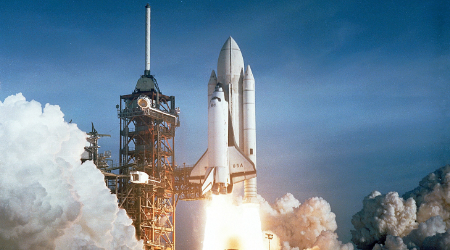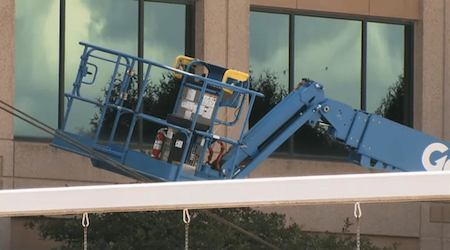
Outdated Facilities Threaten NASA’s Future
August 4, 2021
Space junk is not the issue. Nor is the cost of rocket fuel. It’s not even competition from the Russians or the Chineses. No, the single greatest threat to the American space program is its aging stock of facilities.
“NASA’s infrastructure represents the single, greatest threat to mission success,” says Robert Gibbs, associate administrator for NASA’s Mission Support Directorate. “Practically 82 percent of our facilities are beyond their designed life.”
NASA Administrator Bill Nelson has previously said the agency’s full list of infrastructure needs is more than $5.4 billion, which includes $2.6 billion in deferred maintenance — roughly 7 percent of its $39 billion asset value, according to FedScoop.
Annual maintenance requirements increase every year and exceed NASA’s resources, which will begin jeopardizing efforts to return to the moon, establish a permanent lunar base and reach Mars, understand the impacts of climate change, and make engineering breakthroughs in the near future, Gibbs said.
Many of NASA’s buildings and laboratories date back to the National Advisory Committee for Aeronautics and Mercury, Gemini and Apollo projects, and Artemis Program investments are needed to maintain technical capabilities.
The House Science Committee hadn’t examined NASA’s infrastructure since 2013, when the deferred maintenance backlog was $2.1 billion, and the agency received less funding than it’s requested 10 out of the last 12 budget cycles. Rep. Brian Babin, R-Texas, said NASA’s infrastructure funding request needs to be formalized, rather than remaining an off-budget wishlist.
NASA’s fiscal 2022 request represents a 6.3 percent increase over last year with an additional $3 billion for safety, security and mission services that include maintenance and operations. But the agency’s request for construction, environmental compliance and remediation represents a 9 percent reduction.
Dan Hounsell is Senior Editor, Facility Market.
Next
Read next on FacilitiesNet












